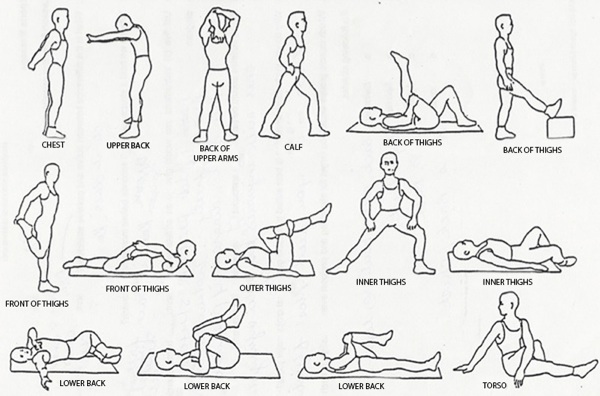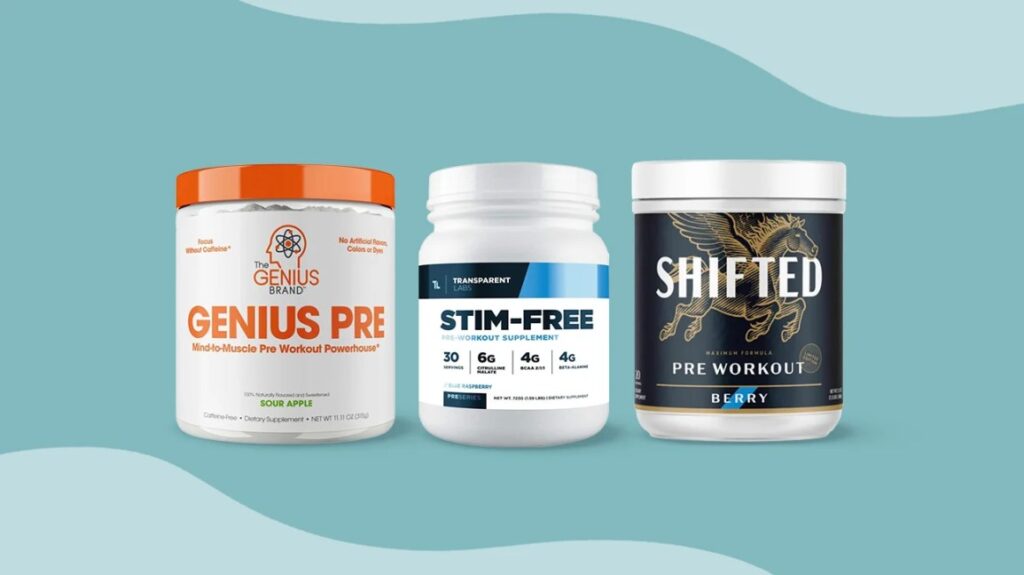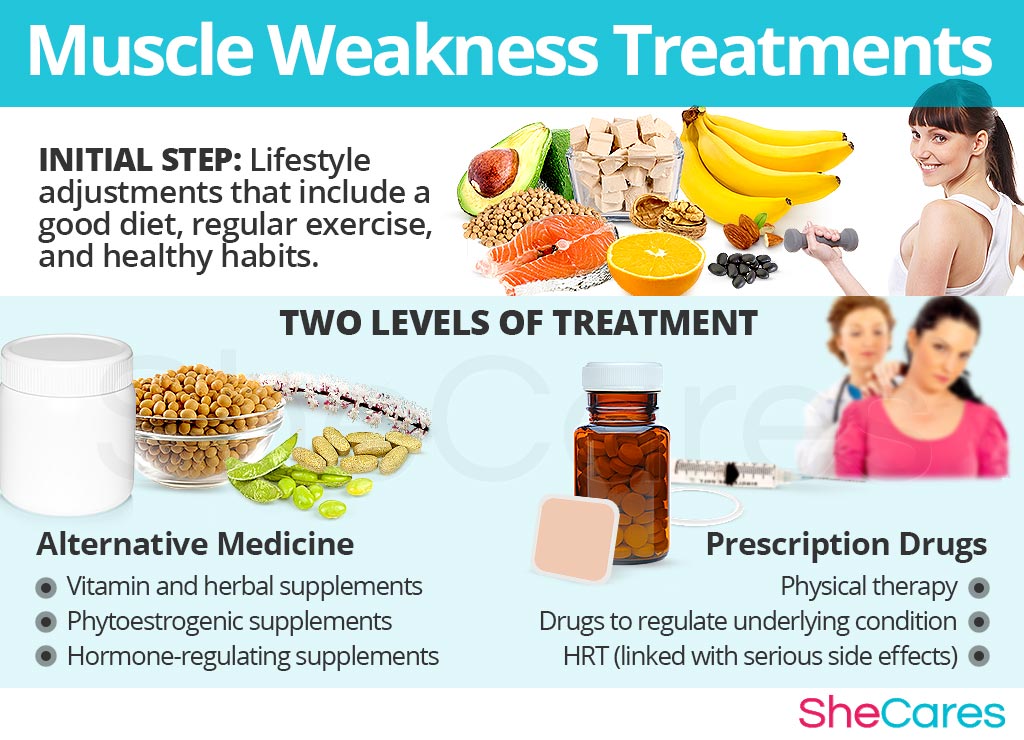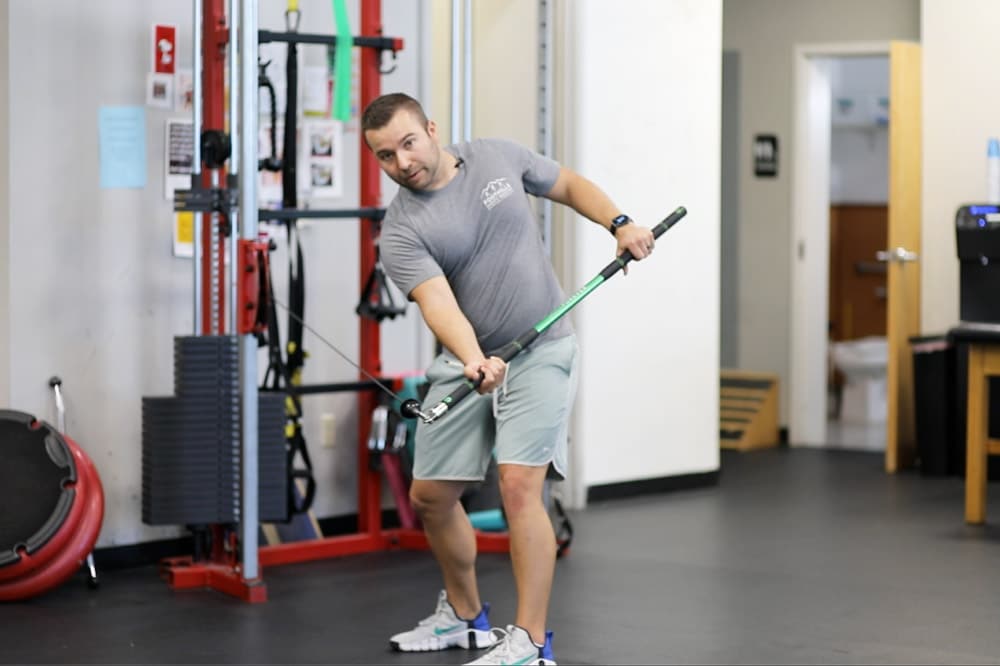Suppleness exercises enhance flexibility and improve range of motion. They help prevent injuries and promote overall physical health.
Suppleness exercises are essential for maintaining joint flexibility and muscular elasticity. These exercises include stretching routines, yoga, and Pilates, which focus on elongating muscles and improving joint mobility. Regular practice can reduce muscle stiffness, alleviate pain, and enhance athletic performance.
Additionally, supple muscles and joints contribute to better posture and reduced risk of injuries. Start incorporating suppleness exercises into your fitness routine to enjoy a more agile and pain-free lifestyle. Whether you’re an athlete or just looking to stay active, these exercises can provide significant benefits.

Credit: www.amazon.com
The Importance Of Suppleness
Suppleness exercises help improve flexibility. They can make your muscles stronger. These exercises also reduce the risk of injury. Being supple helps in performing daily tasks easily. It can also improve posture and balance. Regular practice can boost energy levels.
Suppleness exercises can slow down aging. They help maintain joint health. Regular stretching keeps the body young and agile. Older adults can stay independent for longer. These exercises can also reduce stiffness and pain. Suppleness exercises promote better mobility in old age.

Credit: www.pinterest.com
Assessing Your Flexibility
Suppleness exercises enhance flexibility, allowing better movement and reducing injury risk. Regular practice ensures muscles remain agile and responsive.
Simple Flexibility Tests
Touch your toes with straight legs. Measure the distance to your toes. Sit on the floor with legs straight. Try to reach your feet. Note how far you can reach. Stand straight and lift one leg. Try to bring your knee to your chest. Observe your movement.
When To Seek Professional Advice
If you feel pain, stop immediately. Pain during stretching can mean injury. Limited movement might need a doctor. A physical therapist can help if needed. Consult a professional for tailored guidance. They can provide safe and effective advice.
Beginning With Basics
Always start with a warm-up. A good warm-up can prevent injuries. Try light jogging for 5 minutes. Follow it with jumping jacks. These activities get the blood flowing. Muscles become more flexible. You can also try arm circles. Arm circles are easy and effective.
Stretching is very important. Start with a simple toe touch. Bend and try to touch your toes. Hold for 10 seconds. Next, try the butterfly stretch. Sit and press your feet together. Push your knees down gently. Another good stretch is the cat-cow. Get on your hands and knees. Arch your back up and down slowly.
Dynamic Stretching Routines
Dynamic stretches are important for warming up the body. These stretches help improve flexibility and range of motion. Some examples include:
- Leg swings: Swing one leg forward and backward.
- Arm circles: Move your arms in circular motions.
- Walking lunges: Step forward into a lunge with each leg.
- Torso twists: Twist your torso left and right.
- High knees: Lift your knees up to your chest while jogging.
Incorporate movement to make stretches more effective. Move your body through its full range of motion. This helps in preparing muscles for activities. Dynamic stretches can be done before any physical activity. They are great for sports and workouts. It keeps the body active and ready.
Static Stretching For Deeper Flexibility
Static stretching helps improve flexibility. Hold each stretch for 15-30 seconds. Focus on relaxing the muscle. Do not bounce while stretching. This prevents injuries. Breathe deeply and slowly. Stretching should never cause pain. Feel a gentle pull instead.
Warm up before stretching. A light jog or walk works well. Stretch both sides of the body. Maintain balance in flexibility. Stretching regularly improves results. Aim for at least 3 times a week. Always listen to your body. Stop if you feel any pain.
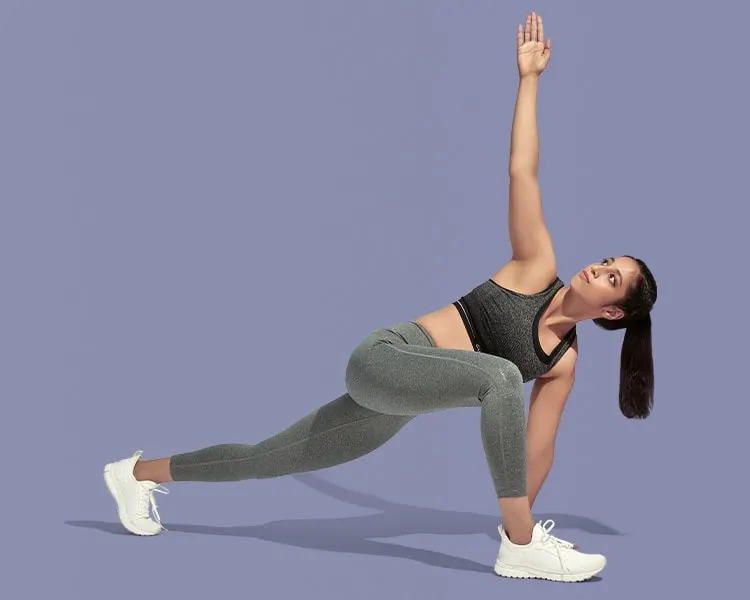
Credit: www.cult.fit
Yoga And Pilates For Suppleness
Yoga improves flexibility and strength. Mountain Pose is great for beginners. Downward Dog stretches your hamstrings and calves. Warrior II strengthens the legs and improves balance. Advanced practitioners can try Crow Pose. This pose builds arm strength and focus. Child’s Pose is a good rest position. It gently stretches the back.
Pilates focuses on core strength and flexibility. The Roll-Up stretches the spine and hamstrings. Leg Circles improve hip mobility. Swan Dive strengthens the back and increases flexibility. Mermaid Stretch is excellent for the sides of the body. Spine Stretch Forward targets the back and hamstrings.
Suppleness Through Strength Training
Balancing flexibility and strength is important. Stretching before and after workouts helps. Strong muscles support flexible movements. Yoga can improve both strength and flexibility. Pilates also combines these elements. Resistance training aids in muscle growth and flexibility. Always remember to warm up first.
Squats with weights can enhance flexibility. Lunges also help improve your range of motion. Deadlifts strengthen and stretch your hamstrings. Push-ups work on your shoulders and arms. Planks improve core strength and flexibility. Using resistance bands can add extra stretch. Make sure to maintain proper form.
Daily Habits To Maintain Flexibility
Drink plenty of water to keep your muscles hydrated. Eating a balanced diet helps maintain muscle health. Avoid long periods of sitting; stand up and move around often. Practice deep breathing exercises to reduce stress. Get enough sleep to allow your body to recover.
Start your day with gentle stretches. Stretch before and after any physical activity. Hold each stretch for at least 30 seconds. Focus on different muscle groups each day. Use a foam roller to release muscle tension.
Overcoming Plateaus In Flexibility Training
Make small changes to your routine often. Try new exercises every week. Switch between static and dynamic stretches. Listen to your body and avoid pushing too hard. Focus on weak areas to improve overall flexibility. Take rest days to allow muscle recovery. Track your progress to stay motivated.
Use PNF stretching for faster gains. Hold a stretch, then contract muscles, and relax. Try ballistic stretching carefully. Bounce gently in and out of stretches. Isometric stretching involves holding a stretch while contracting muscles. This builds strength and flexibility together. Incorporate these advanced techniques wisely.
Monitoring Progress And Setting Goals
Track your flexibility with a journal. Write down your exercises and how you feel. Take measurements of how far you can stretch. Use a ruler or tape measure. Record your progress each week. Note any improvements or struggles. Celebrate small wins to stay motivated.
Set small goals to make progress. Aim to reach your toes in one month. Adjust your goals as you improve. Make sure your goals are specific and achievable. Create a plan and stick to it. Stay consistent with your exercises. Reward yourself when you reach a goal.
Common Mistakes To Avoid
Many people stretch too far quickly. This can lead to injuries. It is important to start slow and ease into the stretch. Your muscles need time to adjust. Stretching should never be painful. A gentle stretch is usually enough. Overstretching can cause tears in muscles. This can delay your progress. Remember to breathe deeply while stretching. Holding your breath can make stretching harder.
Pain is a sign something is wrong. Never ignore pain during exercises. Pain can mean a muscle or joint is injured. Stop immediately if you feel sharp pain. Rest the affected area. Continuing through pain can make injuries worse. Always listen to your body. Consult a doctor if the pain persists. Ignoring pain can lead to long-term damage.
Suppleness For Specific Populations
Athletes need special exercises for flexibility. Dynamic stretches help warm up muscles. Static stretches keep muscles flexible. Yoga improves balance and flexibility. Foam rolling reduces muscle soreness. Resistance bands add variety and challenge. These exercises prevent injuries and improve performance.
Seniors need gentle exercises for flexibility. Chair stretches are safe and effective. Tai Chi improves balance and flexibility. Water aerobics is easy on joints. Gentle yoga helps with mobility. Light stretching keeps muscles loose. These exercises improve daily activities and reduce pain.
Recovery And Flexibility
Rest is vital for muscle recovery. It helps in reducing muscle fatigue. Quality sleep is crucial. It allows the body to heal and repair. Rest days prevent overuse injuries. Your muscles grow stronger during rest. Proper rest improves flexibility. Stretching before bed can help. It keeps muscles loose and relaxed. Ensure you get enough rest each night.
After a workout, recovery is key. Hydrate to replenish lost fluids. Gentle stretching helps ease muscle tension. Use a foam roller to massage sore areas. Cold showers can reduce inflammation. Eat a balanced meal with proteins and carbs. This helps repair muscles faster. Light walking can reduce stiffness. Always cool down after intense exercise. It helps lower your heart rate gradually.
Nutrition And Hydration For Optimal Flexibility
Eating fruits and vegetables helps your body stay flexible. Foods rich in vitamins and minerals are best. Leafy greens, berries, and nuts are great choices. They help your muscles stay strong and stretchy. Protein is also important. Lean meats, fish, and beans can support muscle health. Avoid junk food and sugary drinks. They make your body stiff and unhealthy.
Water keeps your muscles flexible. Drink 8 glasses of water each day. Hydrated muscles stretch better and are less likely to get hurt. Avoid soda and sugary drinks. They can make you dehydrated. Carry a water bottle with you. Sip water throughout the day to stay hydrated.
Frequently Asked Questions
What Riding Exercises Improve Suppleness?
To improve suppleness, practice lateral exercises like leg-yielding, shoulder-in, and half-pass. Incorporate transitions and circles to enhance flexibility.
How Do You Improve A Horse’s Suppleness?
To improve a horse’s suppleness, perform regular stretching exercises, incorporate lateral movements, and use varied terrain. Consistent, gentle training builds flexibility.
What Exercises Are Good For Stiff Horses?
Good exercises for stiff horses include stretching, lunging, and gentle trail rides. Incorporate pole work and hill work.
What Does Suppleness Mean For Horses?
Suppleness in horses means flexibility and ease of movement. It enhances performance, comfort, and reduces injury risks.
Conclusion
Achieving suppleness through exercises enhances flexibility and overall well-being. Regular practice can prevent injuries and improve posture. Incorporate these routines into your daily schedule for lasting benefits. Embrace a more agile and healthier lifestyle. Start today, and feel the difference in your body and mind.

